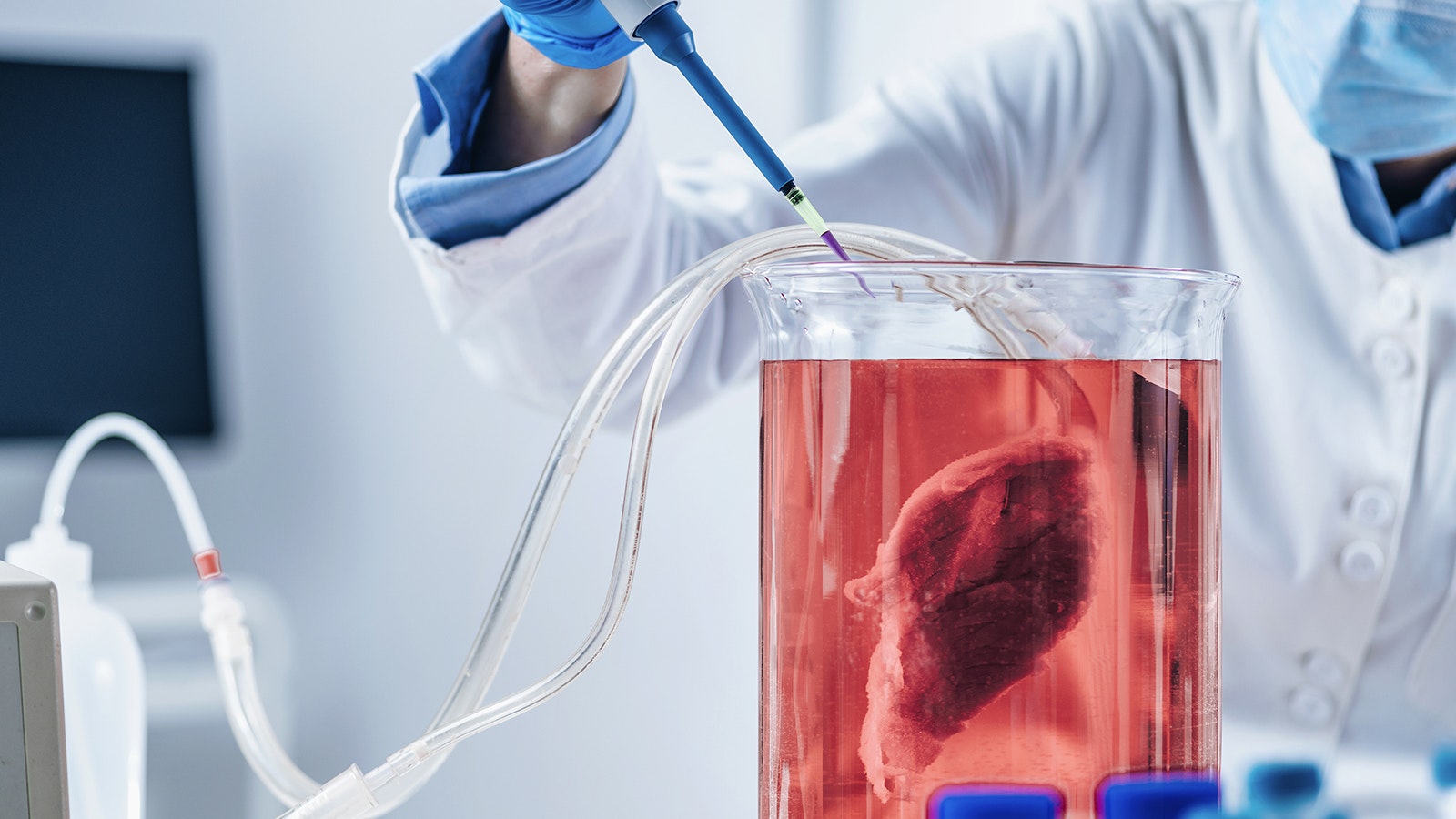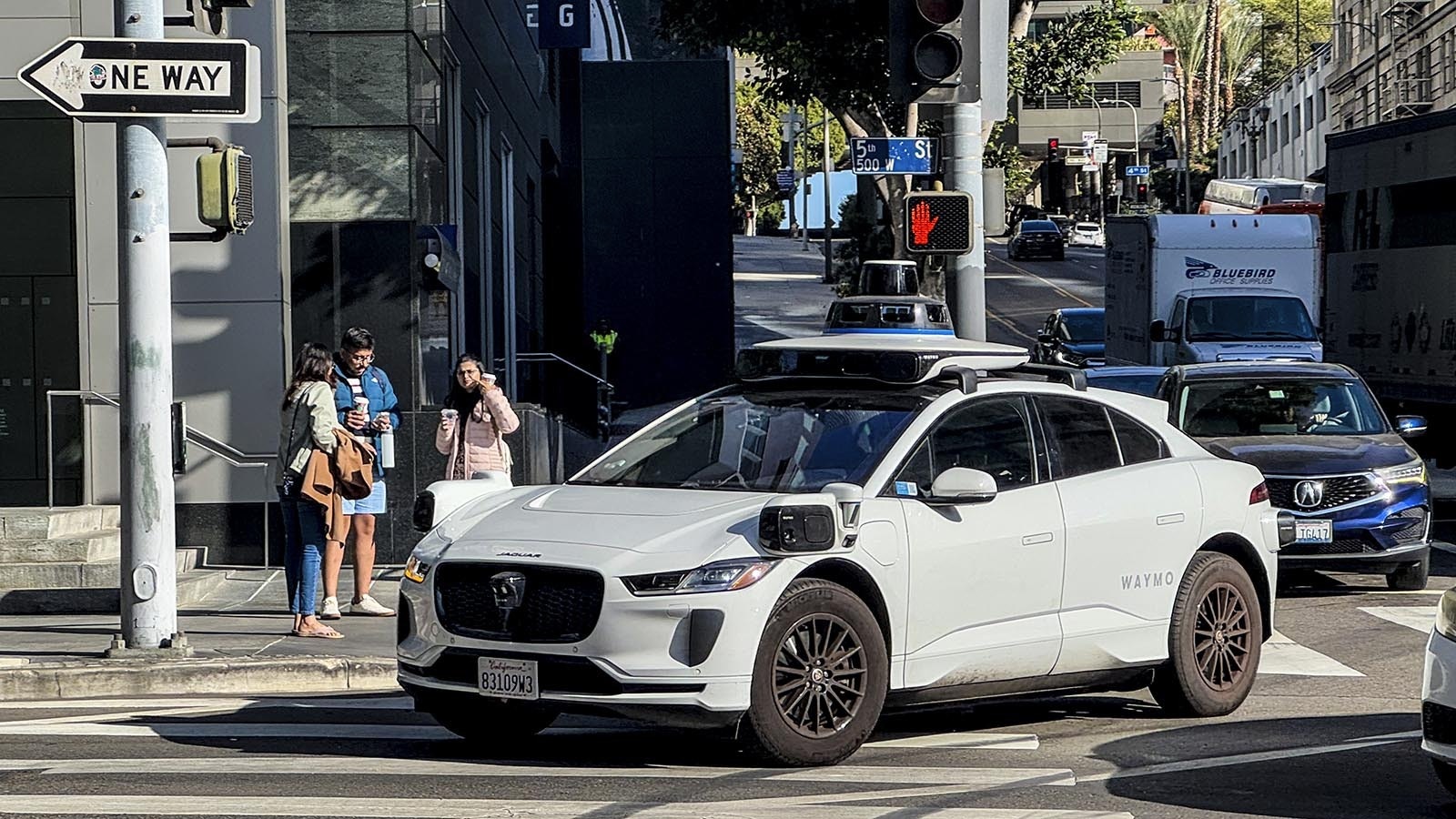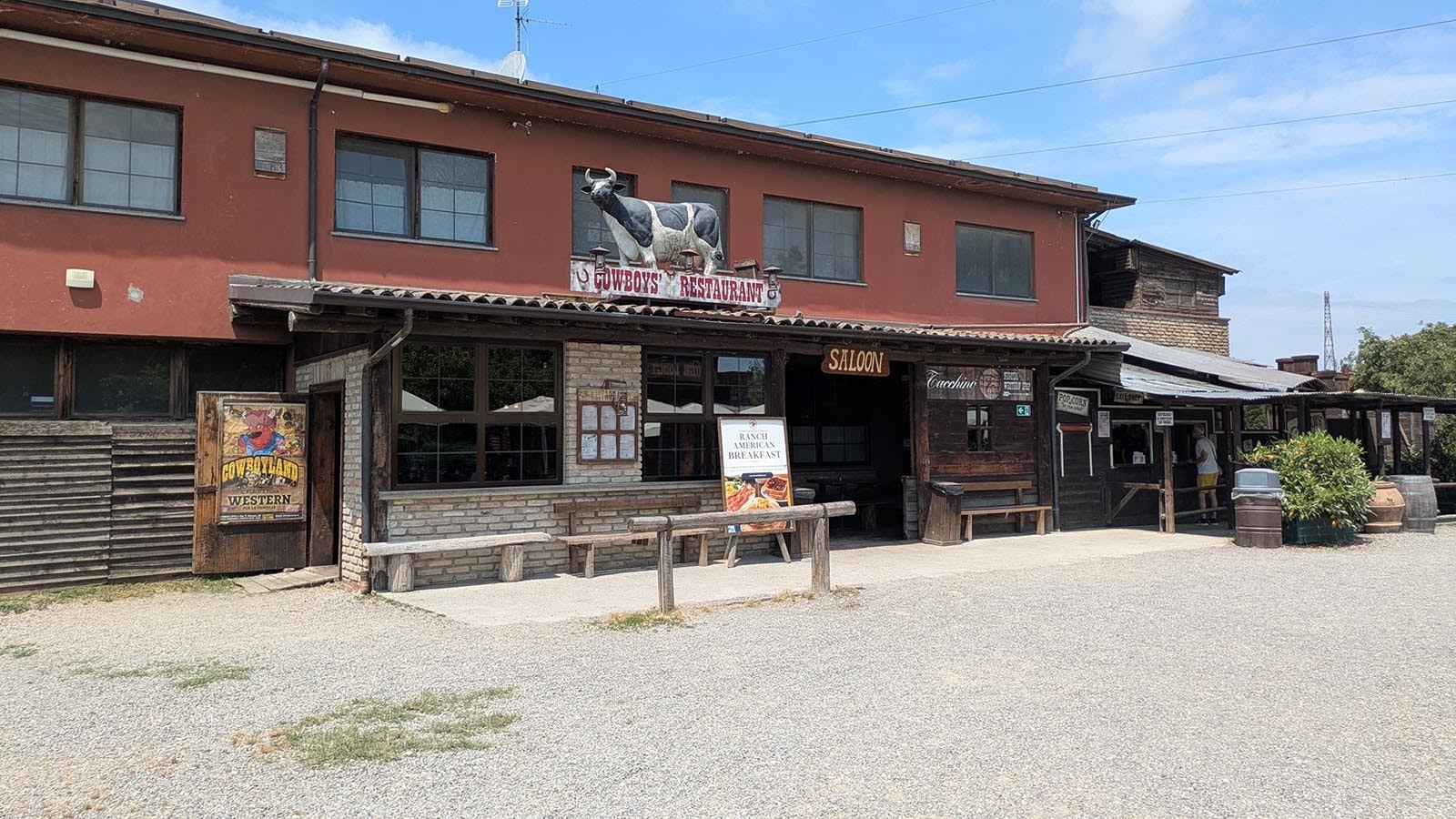The buzz around lab-grown meat has been sizzling since GOOD Meat and Upside Foods, two companies looking to develop meat made from chicken cells grown in a lab, announced they had received letters from the FDA deeming their products safe to eat.
The good news for livestock producers in Wyoming is that there’s a long, difficult path before anyone will enjoy a lab-grown steak or drumstick.
Rodent DNA
The Wall Street Journal reported Sunday that Upside’s efforts aren’t going so well.
The California-based startup has backing from billionaires Bill Gates and Richard Branson, as well as food conglomerates Tyson Foods and Cargill Inc.
The company has successfully grown small amounts of meat from cells, but current and former Upside employees told the journal that its efforts to scale up the process are expensive, labor intensive and vulnerable to contamination.
One line of its chicken cell lines was contaminated with rodent DNA, according to former employees and company executives.
Not Quite Meat
Dr. Warrie Means, a professor of meat science at the University of Wyoming, told Cowboy State Daily that people should be skeptical of claims that these food products are just like natural meat.
“It’s not designed or formed by the genetic footprint that an animal has,” Means said.
The beef, chicken and pork people consume is not just muscle cells. It’s connective tissues, fat and bones.
“It’s a lot of different tissues that are put together in a way that follows the genetic blueprint of the animal,” Means said.
He said it’s quite possible to grow muscle cells and fat cells in a lab. There’s a lot of research into ways to treat disease and other applications, but it’s not the same meat people have for dinner.
“Someday we might get there, but we’re not there yet,” Means said.
The Meat Matrix
Dr. Cody Gifford, assistant professor of meat science at the University of Wyoming, told Cowboy State Daily a lot of the developments in lab-grown meat are proprietary. So, there’s not a lot of publicly available information about the process.
What is known, Gifford explained, are the bullet points, as opposed to the finer details, of growing meat in a lab.
Like Means, Gifford said there are a lot of different extracellular components in the “meat matrix” than just tissues that are grown through a scientific process.
In the lab, the basic process “is to trick the stem cells into replicating and then growing in size,” Gifford said.
When the process was first being developed about a decade ago, researchers used blood from a fetal calf for a protein cocktail that would promote growth of the cells. They’ve been trying to figure out the right cocktail to do that.
The other piece of the challenge is scaffolding. These cells grow as a sheet, which isn’t the inch-thick juicy steak Wyomingites know and love.
“I would say a lot of company research has gone into figuring out how to make that happen,” Gifford said.
Sterile Meat
The other issue is that the lab-grown product has to be produced in a very sterile environment.
According to the Wall Street Journal, Upside labs is struggling to prevent contamination.
The container where the meat is grown has to be as free from microorganisms as possible, Means said, but so do the ingredients.
It’s different from the fermentation process used to make beer or yogurt. That process uses microorganisms, Means explained, but during the growth of the product, alcohol and acids are produced that keep other organisms from growing.
You don’t have that with lab-grown meat, and “it’s a disadvantage,” Means said.
Snow Crab
Means said he’s a fan of beef, but he’s not afraid of looking at new technologies.
The structural challenge of replicating meat has led a lot of lab efforts to produce meats like sausage, ground beef or chicken nuggets.
It’s easier to make products like those taste and feel like actual meat from an animal.
However, even if scientists do manage to produce such a product, they also have to do it cost-effectively.
Means said it would possibly make more sense to try to produce lab-grown snow crab. He had suggested this for a Cowboy State Daily article in November, and just a few months later Alaska canceled its snow crab season because of concerns about the crab’s populations.
A crab has an exoskeleton, so tasty crab meat doesn’t depend on connective tissue to give it the texture of a big hunk of cow, pig or chicken.
“This technology may work better for that type of product,” he said.
With snow crab prices so high, the expensive lab-grown process might be more competitive, if it could be pulled off.
For the time being, the best source of meat is your local rancher.





